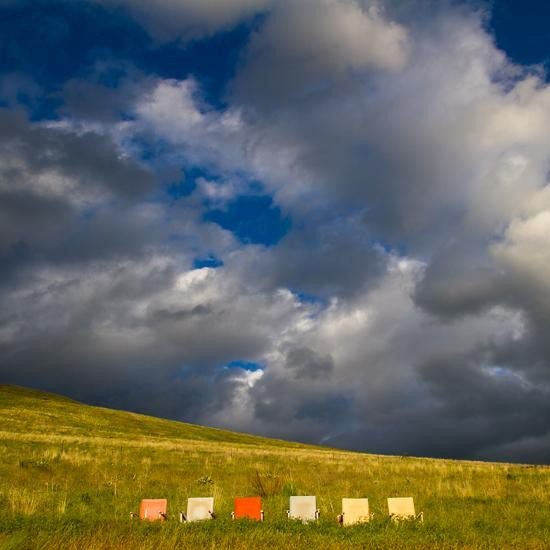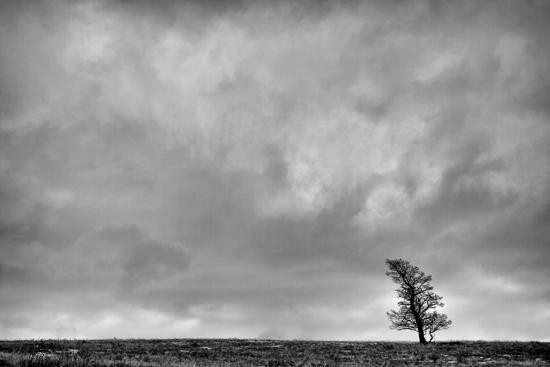A few months back, we talked about why certain photos just don’t sell as stock. You can read that issue here.
I bet if you look through your photos right now you have many that could potentially sell as stock.
But the trick is knowing which ones to submit to stock agencies… and which ones are better suited for a different market. Or, at times, best suited for your own personal photo album.
Today, photographer Sarah Ehlen will help you sort it out, with examples of photos that would work best as stock, editorial, or fine art.
Remember – our quarterly check-in is in one month, so I hope this helps as you go through your photos to pick some out to submit!
Where to sell your photos
By nature and landscape photographer, Sarah Ehlen
When it comes to selling your photos, you’ll have the best success if you match your images to the right audience. Below are some examples from my own image library of four very different types of photos, where they could sell, and some reasons why.
STOCK:
This shot could sell as stock because:
- The technical details are strong with nice lighting and good focus.
- The composition is clean and simple without distractions, and there are no logos to worry about.
- The subject matter lends itself to stock with the chairs providing a human element that could be used for a variety of purposes.
- The sky provides copy space, which is something designers often look for when picking out stock images.
- The editing is light. Typically for stock, you want to just make basic adjustments so a photo will look its best without creating drastic effects that could limit its usefulness.
EDITORIAL:
Editorial photos usually tell a story about a specific place. This shot could be used in a magazine, newspaper, or blog article about this particular music festival, or as a travel piece on this destination.
I can’t sell it as stock because there are recognizable people all over and I don’t have model releases for all of them. However, for editorial uses model releases are not required.
Also, this was taken during strong mid-day light so there are harsh shadows that would also make it less than ideal for stock. However, as a photo documenting this event, the technical details don’t have to be perfect.
FINE ART:
With fine art, pretty much anything goes. You can change or edit a photo as much as you’d like, making it completely your own style. This particular shot could also work for stock, since it has a moodiness to it, along with a simplicity, and a lot of copy space.
However, black and white photos typically aren’t big sellers as stock, but as fine art they’re great.
A photo works for fine art if it’s something someone would want to buy as a print and hang on their wall. It might be a photo that reminds them of a place, or maybe just something that looks beautiful.
PHOTO ALBUM:
Not every photo is meant to sell. You might have a shot that you really love because it brings up great memories, but for whatever reason, it might not be one to sell. That’s ok! Put those in the “photo album” category, and enjoy keeping them for yourself.
The shot above is an example of a “snapshot” type of photo. It’s something I took quickly while on a raft trip, and there are several reasons it wouldn’t work to sell.
There are overexposed highlights that are distracting and the subjects are pretty far away and not in perfect focus. Zooming in, there are also logos on the boat and clothing that would be issues for stock. Compositionally, I don’t think it’s strong enough to sell as fine art, though it could possibly work as editorial, among other photos of this story, maybe accompanying an article.
Keep these tips in mind next time you’re going through your photos, and it won’t take long to pick out the ones that have the highest chances of getting you sales.
Editor’s Note: Learn more about getting started selling your photos online in stock agencies – no matter how much or little photography experience you have – in the Breakfast Stock Club e-newsletter. It’s once a week, and it’s free to join, here.




